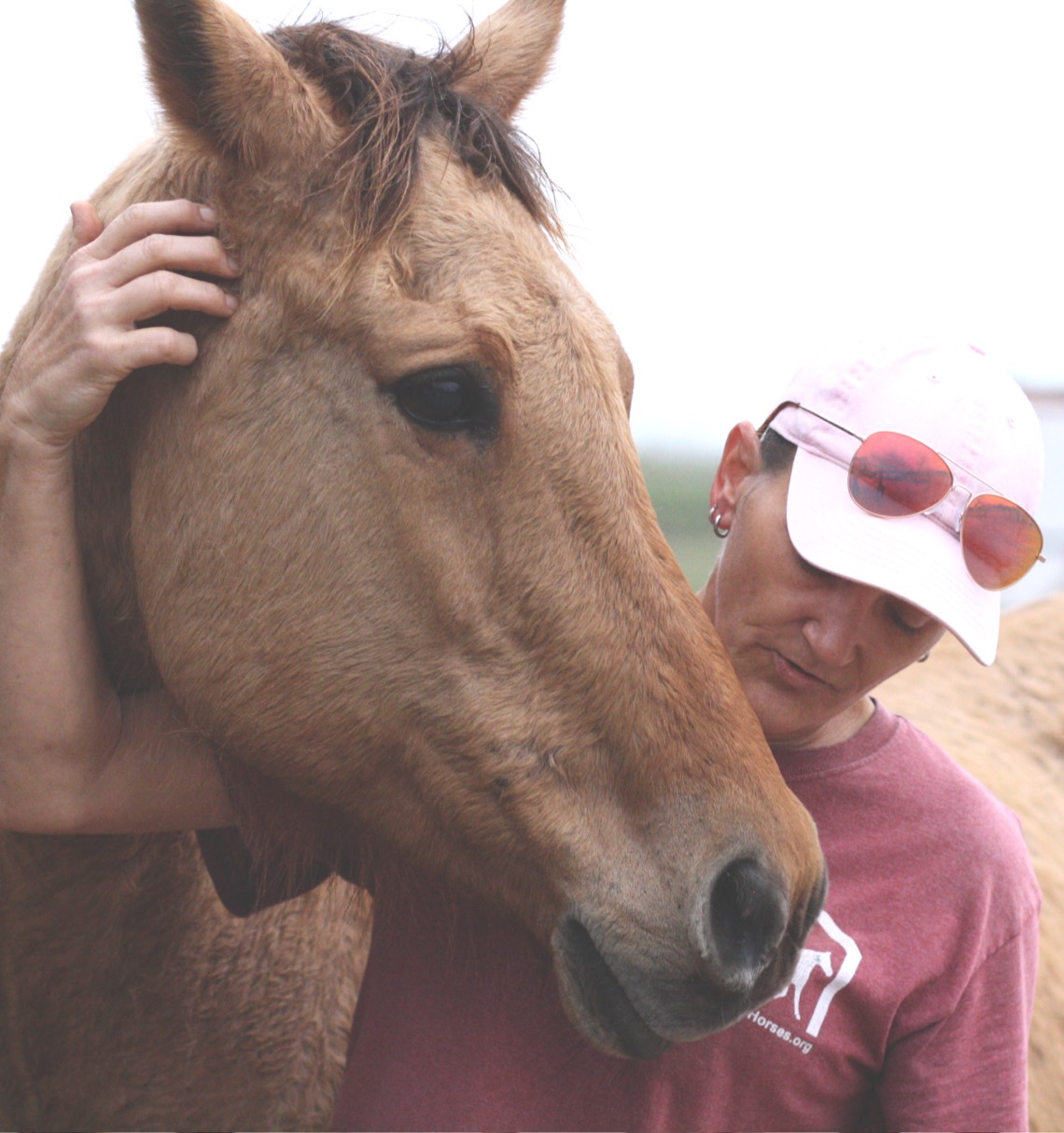How To Make Sure Your Saddle Fits Your Horse
02JUN 20153
HOW TO MAKE SURE YOUR SADDLE FITS YOUR HORSE
Amber BarnesBreaking, Horse Health

Both humans and horses want to be comfortable while riding – it just takes some common sense measures! ~ HfH
From: Carson James
By: Carson James
An improperly fitting saddle can make your horse uncomfortable, lead to physical issues in your horse, and even cause your horse to perform poorly when you’re riding him.
Saddles are made in a variety of different styles to fit a variety of different horses. Horses with high withers, low withers, broad backs, and narrow backs will all require a different type of saddle to fit them appropriately.
A saddle that fits well takes the rider’s weight and distributes it evenly across the entire tree of the saddle.
The tree is essentially the saddle’s skeleton and support system, and is really what determines whether or not a saddle fits correctly.
In order to check the fit of your saddle, you need to examine a few key areas.
With the saddle sitting properly on your horse’s back, check the front of your saddle and the withers.
Make sure that the bars of the saddle are not pinching your horse’s withers or shoulders.
You should also be able to get your hand in underneath the front gullet of the saddle – if you can’t, the saddle is sitting too low in front and will put pressure directly on your horse’s withers.
Step back and look at the saddle’s overall fit. The saddle should sit down on your horse, rather than perching above his back – a saddle that perches is too narrow for your horse.
Make sure that your saddle doesn’t rock from the front to the back – once positioned on your horse’s back, the saddle should remain fairly still even when you put pressure on the pommel or the cantle.
Finally, look for good, even contact throughout the entire underside of the saddle.
Another method to check your saddle’s fit is to put a small Navaho blanket under the saddle and ride your horse for about fifteen minutes.
Remove the saddle and pad and look for areas beneath the saddle where your horse is not sweating.

